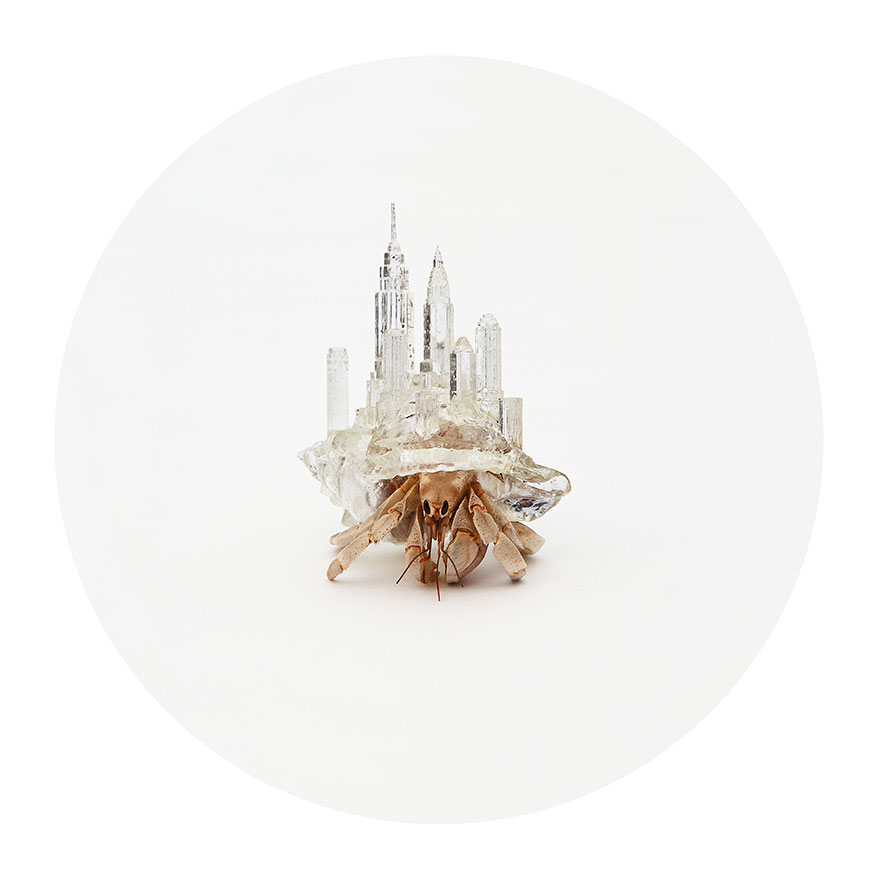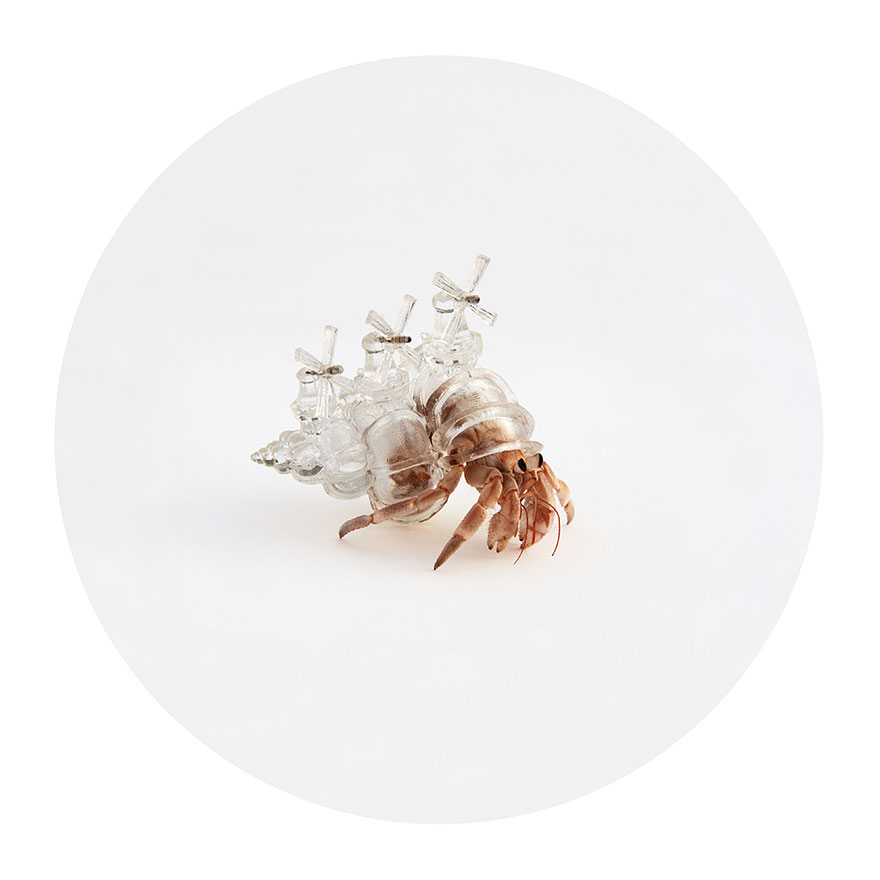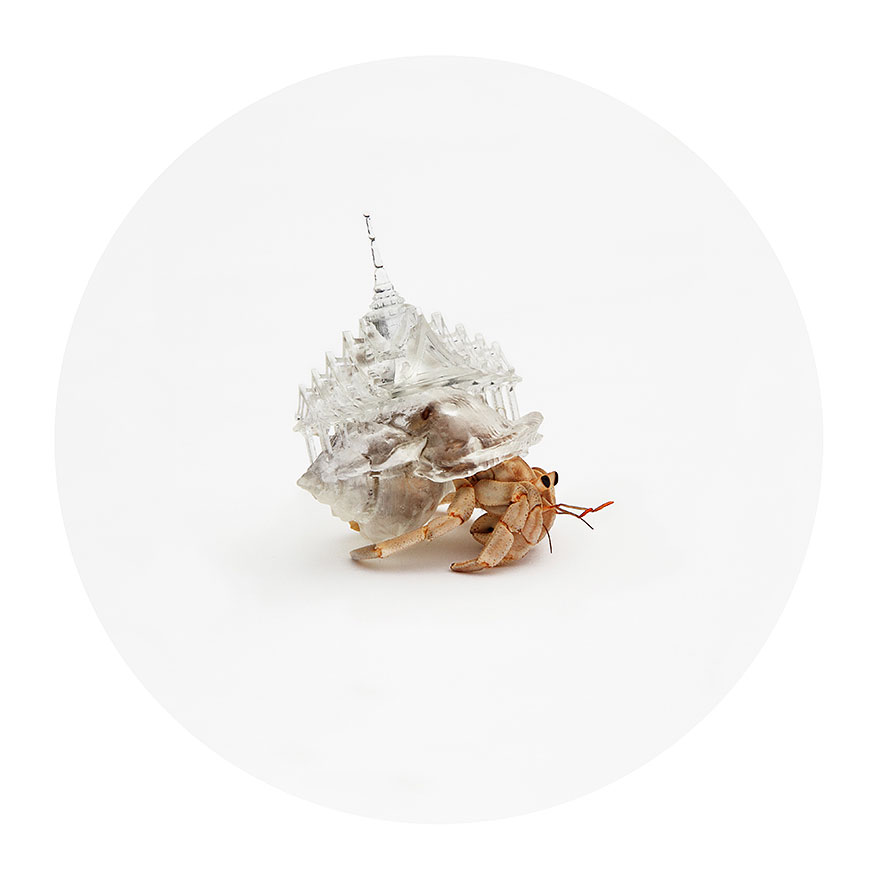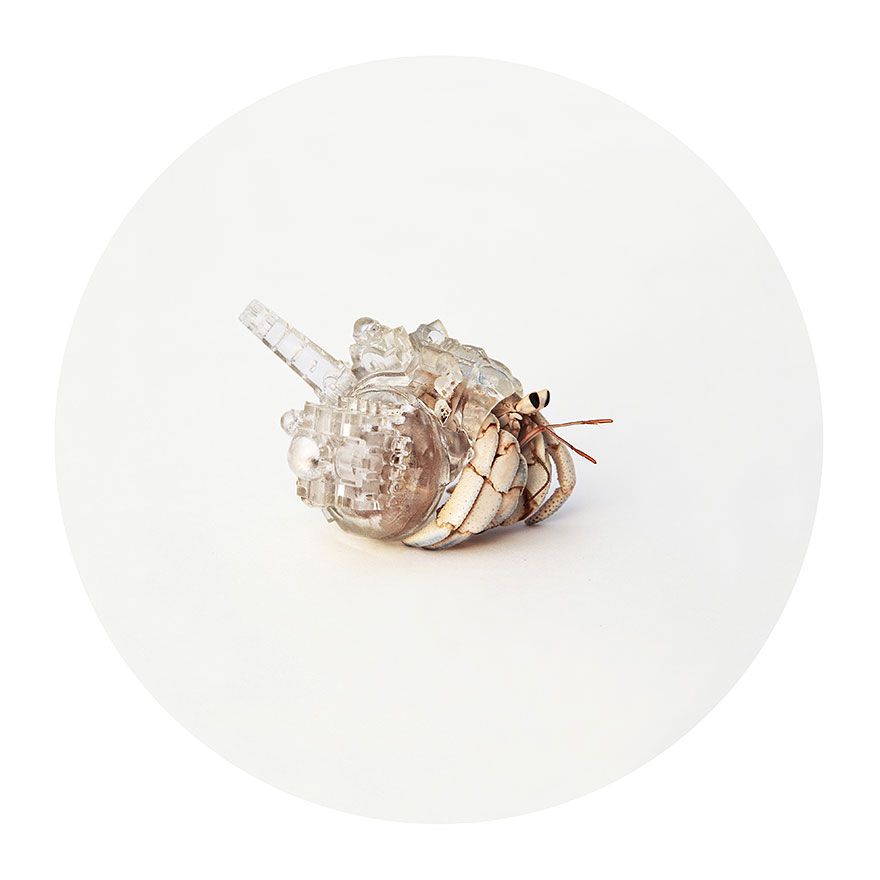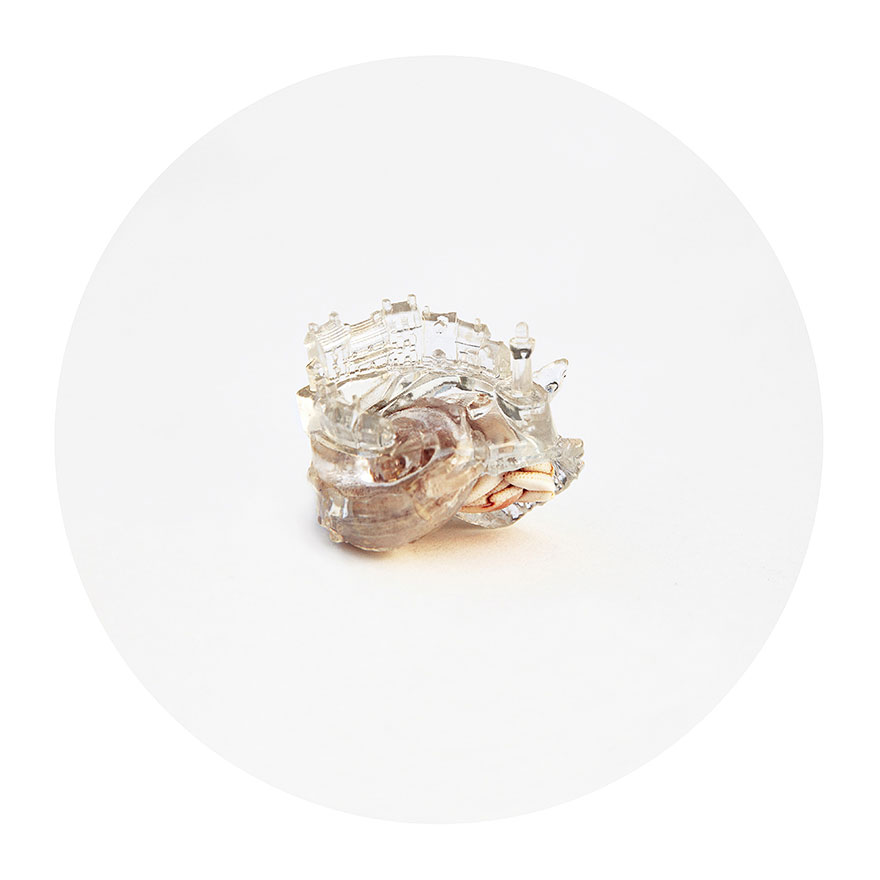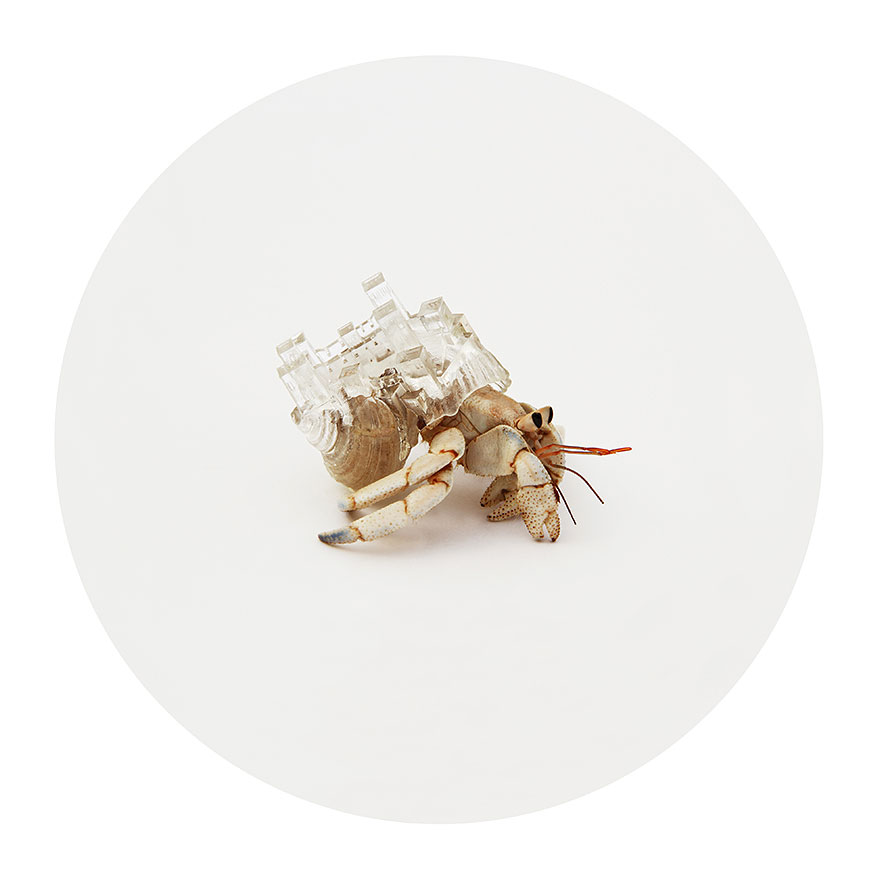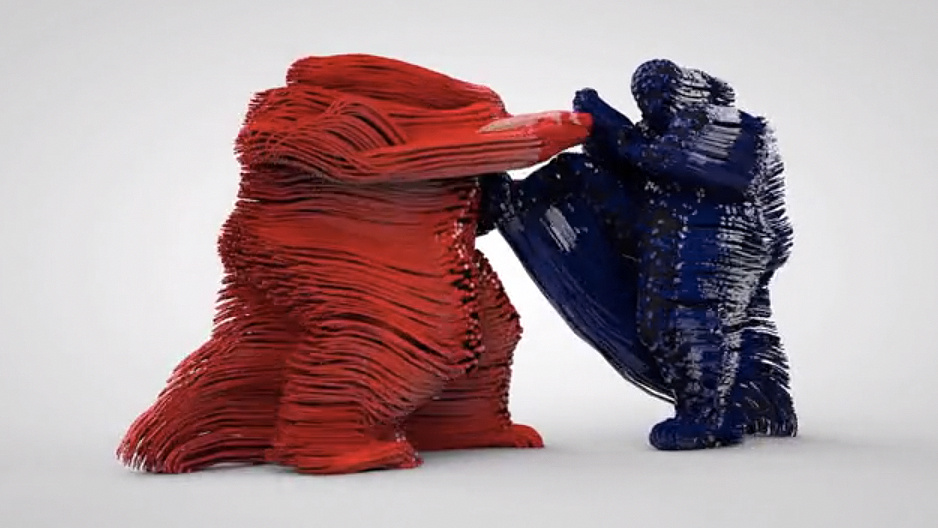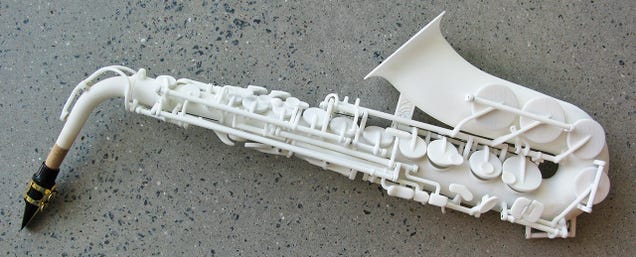http://thecreatorsproject.vice.com/blog/watch-a-models-face-transform-with-projection-mapped-makeup?utm_source=tcptwitterus
Watch A Model's Face Transform With Projection Mapped Makeup
Imagine theater where performers can change their makeup—and essential their character—in real-time without going off stage and applying a new layer of eyeliner. In a new video by Nobumichi Asai called Omote, such a future is imagined as a model's faced is morphed on the spot with makeup made of light.
In the two-minute clip, the subject's face is immersed in transformative visuals, a kind of "digital makeup," using motion capture technology and projection mapping. With impressive accuracy the face is scanned before becoming a series of stunning masks that work even as the face moves around. The visuals range from makeup, rouge and some eyeliner, to a full-on cyborg face with amazing animated visuals that turn the model's face into a reflective surface.
Projection mapping onto a human face using face tracking technology has been experimented with before, like in this music video, but Omote takes things to the next level by using a living canvas. Asai has projection mapped stages and buildings in the past, but a moving subject (with intense cheek bones) is a whole other level, one-upping thevideo mapped mannequins at the Jean Paul Galtier retrospective at the Brooklyn Museum.
There's very little information on the project detailed on Asai's website, but we can only hope this real-time mapping gets brought to Broadway or arena concerts in the near future. Mid-performance makeup touch ups could become a thing of the past. For information on the team behind this project, head over to Asai's website here.






Related:
